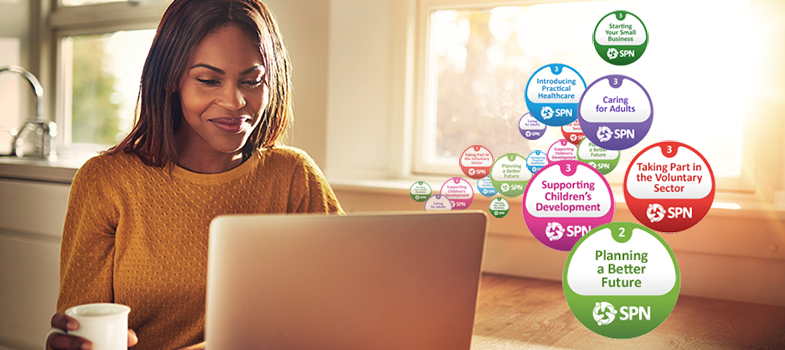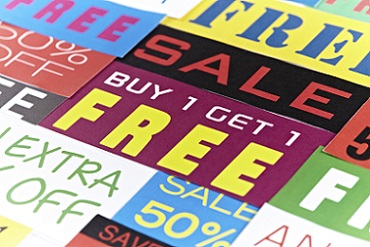4.2 Sales promotions
‘Sales promotions’ try to create a temporary increase in sales by offering customers an incentive to buy the product.
Money-based promotions – these are easy to implement and are very common (but therefore don’t generate much excitement). They can give money back to people who would have bought anyway and are expensive:
- cash-back (collect tokens to get refund)
- immediate price reductions at point of sale
- coupons issued online or in printed media.
Product-based promotions are less likely to ‘cheapen’ the product image:
- ‘X % extra free’
- ‘buy one, get one free’
- free samples
- ‘piggy-backing’ with another product: for example, putting a free pack of coffee whitener with a pack of instant coffee.
Gift, prize or merchandise-based promotions:
- gifts in return for proof of purchase (toy received on presentation of a certain number of labels from a product)
- loyalty schemes (the nectar card or stamping card where you get a free item after a set number of visits or purchases)
- competitions or sweepstakes (buying a product entitles you to enter a prize draw).
Sales promotions are often used for lower value items. (If they were used for premium or luxury brands they might ‘cheapen’ the brand image in consumers’ eyes.) They tend to work best as part of a bigger communications campaign, where advertising or public relations activity builds the brand image and sales promotions encourage people to try the product or otherwise boost short-term sales.
4.1 Advertising

